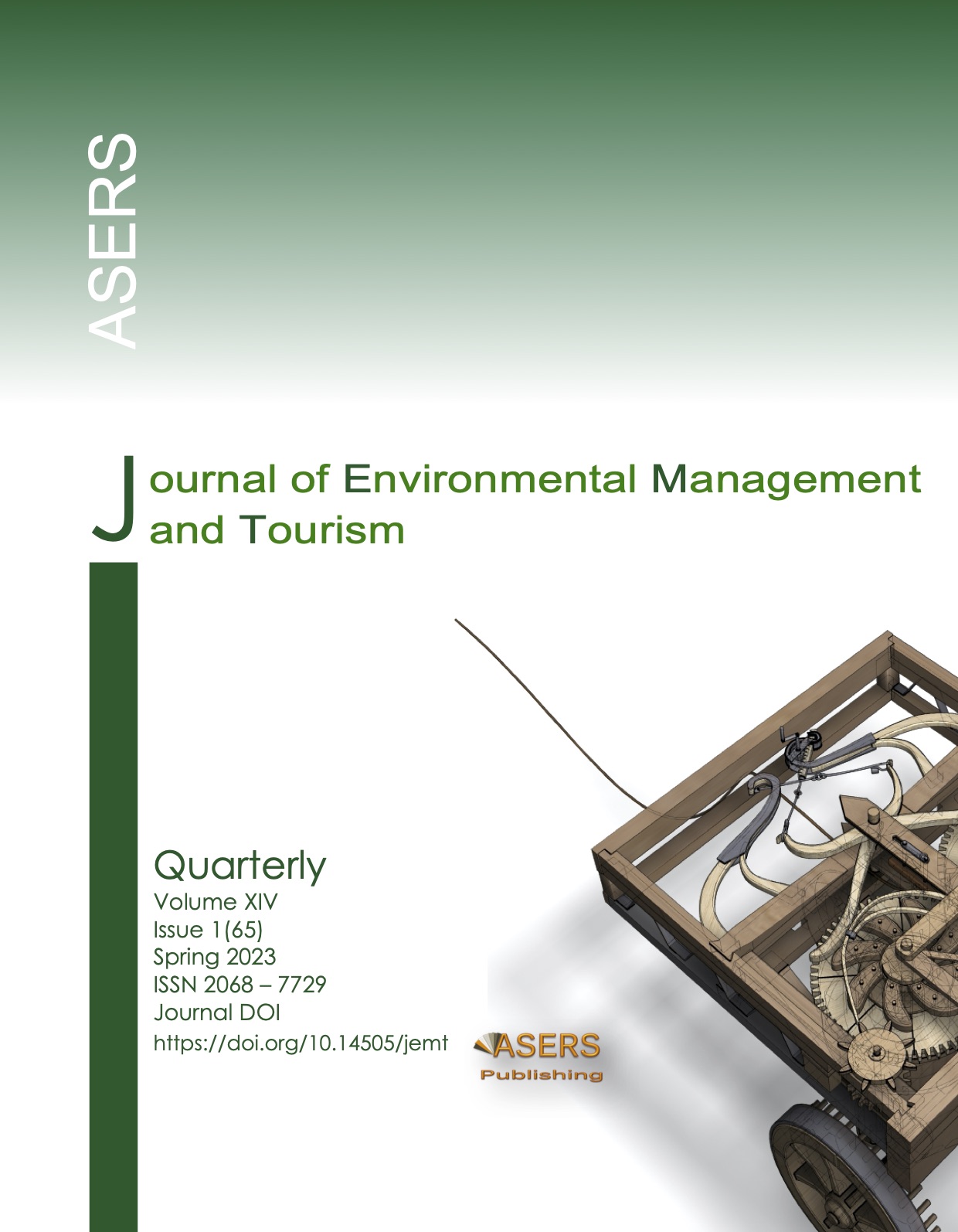Springs Distribution and Biophysical Mapping as a Strategy to Preserve Water Sources in Semarang City, Indonesia
Springs Distribution and Biophysical Mapping as a Strategy to Preserve Water Sources in Semarang City, Indonesia
Author(s): Nana Kariada Tri Martuti, Dewi Liesnoor Setyowati, Margareta Rahayuningsih, Nur Kusuma Dewi, Wahid Akhsin Budi Nur Sidiq, Dhita Prasisca MutiatariSubject(s): Economy, Environmental Geography, Environmental interactions
Published by: ASERS Publishing
Keywords: conservation; sustainability; water access; water supply;
Summary/Abstract: Springs in Semarang City, concentrated in Gunungpati District, are threatened by urbanization and massive development. It needs to be conserved through comprehensive strategies based on existing conditions. Therefore, this study aims to describe the distribution and biophysical conditions of the springs for water source conservation and sustainability. The study was conducted by identifying and mapping the biophysics condition and vegetation of 114 springs in Gunungpati District, Semarang City. The majority of the springs have low discharge volumes below 1 L/s, which is caused by ecosystem destruction around spring areas. Then, five springs were chosen for sampling, which have fairly good physics-chemical conditions and however polluted with E. coli and coliform bacteria from domestic and agricultural waste. Involving community-based conservation action through revegetating, building up water reservoir infrastructure, providing information boards, and enforcing spring protection culture can increase spring areas preservation. Furthermore, economic, social, and cultural studies on spring protection should be conducted to determine the protection zone priority, analyze the appropriate support system, and threaten potential in water sources sustainability.
Journal: Journal of Environmental Management and Tourism (JEMT)
- Issue Year: XIV/2023
- Issue No: 1(65)
- Page Range: 113-125
- Page Count: 13
- Language: English
- Content File-PDF

